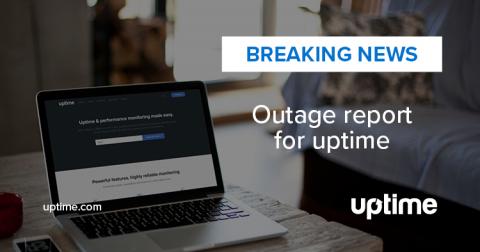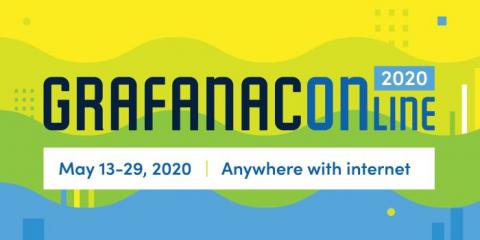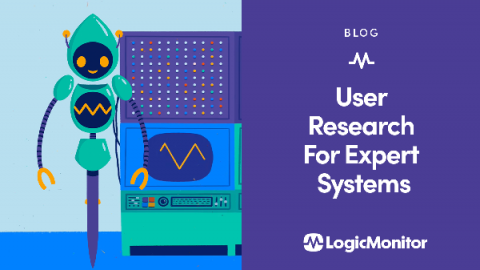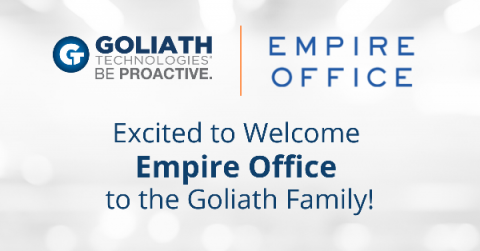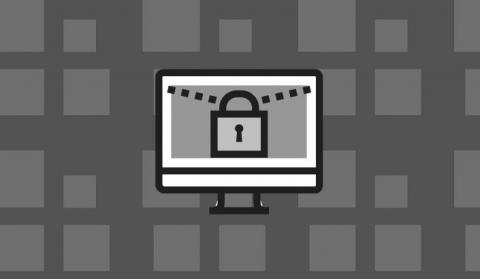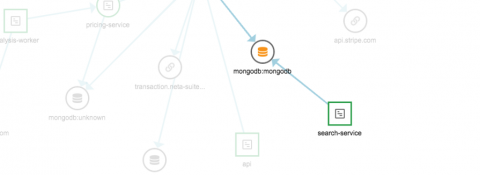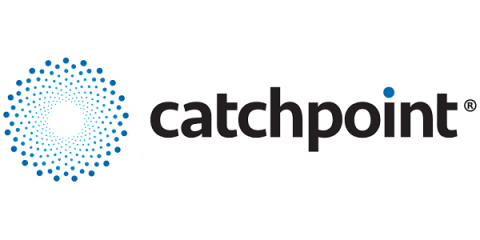The Cost of Building an In-House Monitoring Solution for Metrics
Computing environments are constantly changing. Back when an on-premises server hosted your work, your infrastructure and applications were easy to track. Now that you’re developing in the cloud, things are more challenging. You’re learning that each team within your organization uses a different monitoring tool. At this point, you may be wondering if it’s time to build your own monitoring solution with open source tools at its core that everyone can use.



